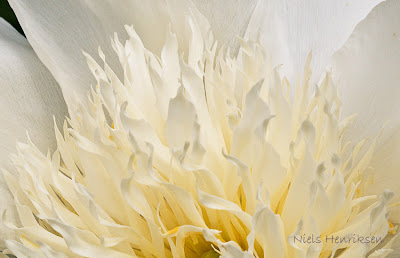Book Review: Fast Track Photographer
Leverage your unique strengths for a more successful photography business
by Dane Sanders
One Free copy of book available. See end for details.
This book is a little different than most photography type books in that it doesn't focus on either how to take or process photographs, or even about being creative in your artistic approach. What it does is focus on you. How your personality and style could or might fit within the photography industry.
The book also does not focus on the transitional brick and motor type of business in setting up a studio or acquiring all the correct equipment for your specific genre of photography.
The book is about you as a photographer and understanding your basic, for the most part, social skills and then deciding whether to pursue the 'brand name' approach, like Chase Jarvis and Joe McNally and many others, or a more transitional mode, including location based studio or contracting out to larger businesses.
One of the keys to success is understanding that a photographer must be adaptable and be able to fit the market and clients.
The strength of the book may be in the online questionnaire and analysis report that you can take for free (once). There is a code at the back of the book to enter to take self-help analysis and it will give you a report in many categories that are related to photography such as experience, self-starter, creativity, artistic identity, need for collaboration, self-promotion and more. These pDNA, as the author calls them, help to define where your strengths are and other areas which should be your primary focus of growth.
Strengths true but my own view is you must have a solid minimum core of quality in other areas.
You can always improve but it is very hard to change completely how you are and anyway why bother, play to your strengths.
Some Book Advice Tips.
'Focus on the parts of the business that has more of your creative processes involved and outsource the generic or other parts that are not your best strengths. It is about business, and you as the photographer must know where your strengths lie.'
'As a photographer you need to know consumers (people) will consume your product.'
My own advice is, this is the social networking era, social skills are paramount no matter what you are doing.
'No one steals work, they take work away because they service the client better and sometimes it is about cost.
'Do not fix everything but only those limiting factors. Find the sweet spot around “you”.'
Know what to outsource.
You only need to find 1,000 true fans.
That's amazingly true to almost work you do.
There is a difference between a professional and DIY photographer.
it's not about the money
The author does not ascribe his method as the only way to find yourself but encourages you to seek other sources. Self analysis is not everything. You need to trust yourself that you will see ideas emerge.
As with all self-help books, it is important to do the exercises and work and the book does offer advice on how to overcome times when you feel stuck and not sure how to proceed.
While many self-help type books deal with broad applications to guiding principles, many wonder how this guidance can apply to my case. In this book's case, it does deal with how this applies to you.
Who is this book for?
First off, if you are not comfortable with analyzing yourself as with many of the self-help then this book is not for you.
The biggest problem with self-help books is that the readers tend to trust the source as being an expert on whats ailing them. When in fact, most of us barely know ourselves and this is compounded by the fact that our views will change and develop as we age.
This is why I find that with any analysis, it is good to get more source of input. Seek sound people and ask for their opinion of you.
The book by itself does provide good guidance with working in more traditional commercial fields but does not venture far into other areas such as photojournalism, fine-art, stock, book and travel etc.
While I did not take the online analysis test, I left this for the winning reader, I do believe that with this report the price around $12.00 (list $16.99) makes it a very reasonable investment for a photographer who wants to pursue or improve in the wedding, studio and action genres.
Amazon Link
ISBN 978-0-8174-0001-9
To get a Free copy of Fast Track Photographer book (gently read once) mailed to you
Please leave a comment that has the word “Free' included somewhere and a method to contact you.
I will use a random number generator to select the person.
Offer end Wednesday, 1 December 2010, midnight EST.
Thank you,
Niels Henriksen















































